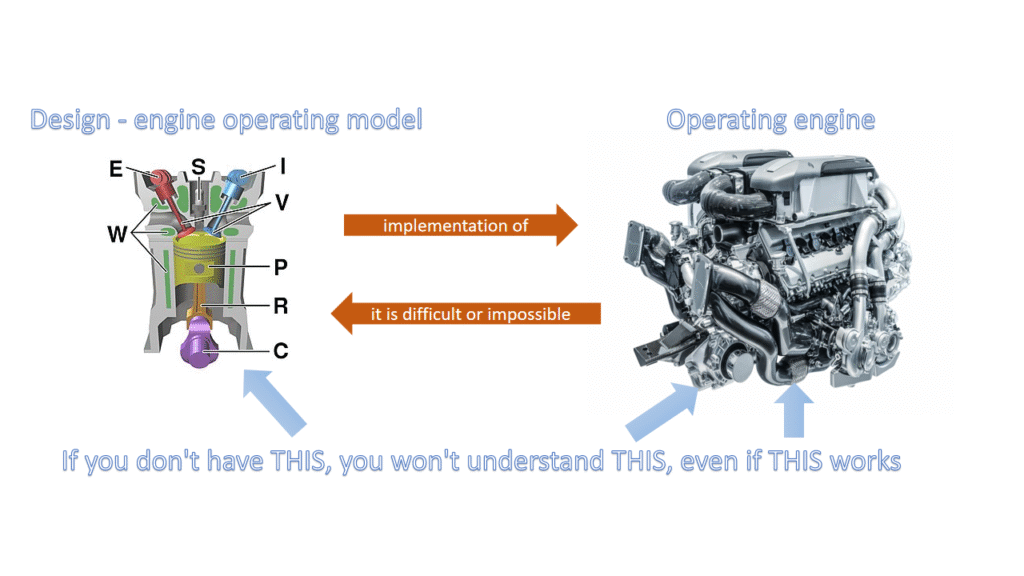Design vs implementation

Introduction
In software development, design software refers to the process of defining the structure, components, and behaviour of a software system. In contrast, implementation software focuses on translating those designs into actual, executable code. Essentially, design is about planning and architecture, while implementation is about building and coding.
Here’s a more detailed breakdown:
Design Software:
- Purpose: To create a blueprint for the software, specifying its functionality, architecture, and user interface.
- Activities: Requirements gathering, system modelling (using diagrams like UML), database design, user interface design, and creating technical specifications.
- Focus: Problem-solving, high-level planning, and creating a clear vision of the software before coding begins.
- Output: Design documents, specifications, prototypes, and architectural diagrams.
Implementation Software:
- Purpose: To turn the design into a working, executable software product.
- Activities: Writing code in a specific programming language, unit testing, integration testing, and debugging.
- Focus: Coding, testing, and deploying the software based on the design specifications.
- Output: Source code, compiled binaries, and the deployed software application.

